History
The Faculty of Nursing and Midwifery of Shahid Beheshti University of Medical Sciences was established by merging several nursing, midwifery, and allied health schools affiliated with the Ministry of Health, Shir o Khorshid University, Shahid Beheshti University, and the Pira-Pezeshki Sciences Complex. It has been active for over seventy years, with the oldest nursing school in the faculty dating back to 1326.
Currently, the Faculty of Nursing and Midwifery is located in Niyayesh Complex, at the intersection of Valiasr Street and Ayatollah Hashemi Rafsanjani Highway. It has 7 educational departments or scientific departments, each of which is responsible for the education of undergraduate and postgraduate students, guiding the practical-research projects of the faculty, and supervising the relevant laboratories.
Departments
The 7 departments are:
Medical Surgical Nursing
Community Health Nursing
Pediatric Nursing
Psychiatric Nursing and Management
Midwifery
Operating Room and Anesthesia
Basic Sciences
In the field of nursing, the faculty accepts students for Bachelor's, Master's (including internal-surgical, community health, pediatric, psychiatric nursing and management, emergency, geriatrics, special care, and neonatal special care specializations), and Specialized Doctorate in Nursing (since 1381). In the field of midwifery, the faculty accepts students for Bachelor's, Master's, and Specialized Doctorate in Reproductive Health (since 1385). The faculty also focuses on training specialized personnel in the field of operating room and anesthesia at the undergraduate level.
The current dean of the faculty is Dr. Vahid Zamanzadeh, a specialized doctor in nursing.
Structure
In terms of structure, the faculty has educational, research, cultural-student, international, support, and administrative departments, as well as financial, continuous education, student mobilization, Islamic student association, and student guild councils.
The faculty has a total of 12 educational programs and 7 educational departments. The faculty has a total of 61 full-time faculty and teaching staff members.
The educational facilities of the faculty include 40 classrooms, a library, two audiovisual amphitheaters, a practice room, and laboratories for microbiology, parasitology, physiology, biochemistry, and immunology.
